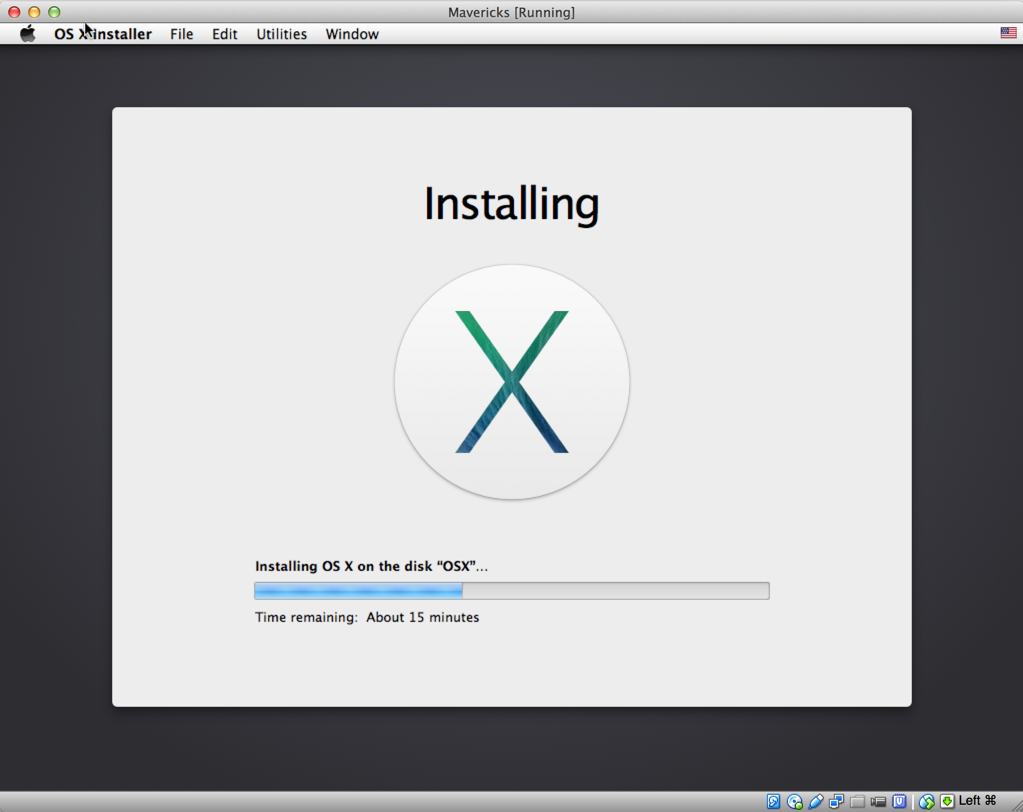
In case you want to try out some things on OSX without doing it for real then being able to create a VM of OSX can be appealing.
Apple allow you to do this if you're runnning Apple hardware. The biggest challenge is finding a way to access the installer.
If you've upgraded to Mavericks already then you'll need to re-download the Mavericks installer from the App store.
Once you have this you can follow this Gist to create an iso file that you can boot to.
The next step is just a case of pointing your VM software at this iso image and then booting from it.